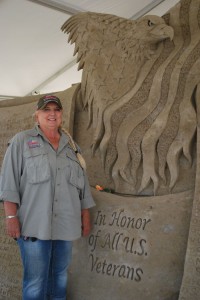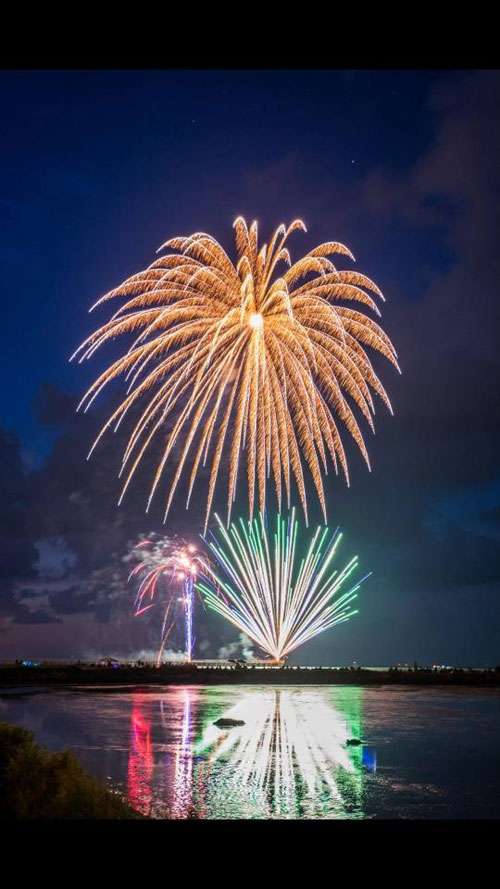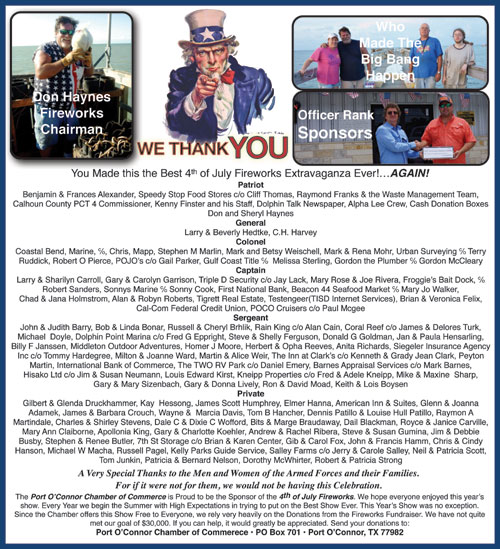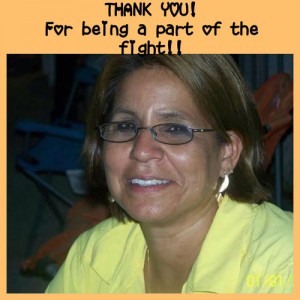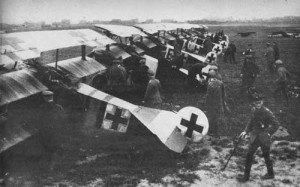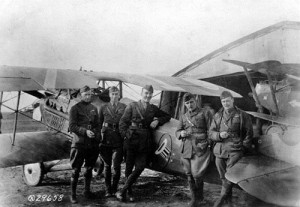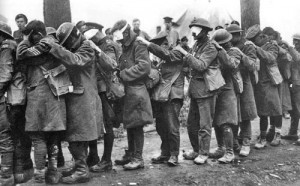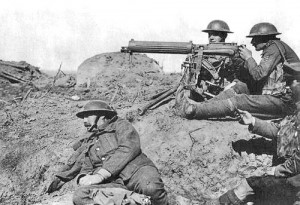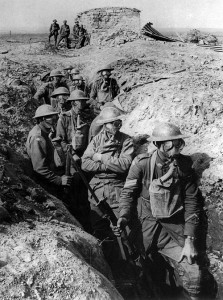Now that the Warriors’ Weekend has concluded for one more year and the sand sculptures are being taken down, it’s time to meet the artist, Gloria Fric aka The Dragon Lady.
A citizen of the world, as she describes herself, being born in Japan, educated in France, Germany and all over the United States, Gloria finished her schooling in Victoria, Texas. Returning to Victoria when her father retired after being stationed earlier at Foster Field, her family then became a vibrant part of that community. Gloria graduated from high school in Victoria, and has remained a part of her graduating class by composing a newsletter to her classmates informing them of upcoming celebrations and news of other classmates.
Gloria is a beach lady, never happier than when she is walking on a sandy area, watching the waves crash and roll, turning her face to the sun and smiling with joy. And her love of many beach days gave to her the artistry that she gives to others today. Gloria said that as she was walking the beach at Port Aransas one day, she saw a sand sculpture being formed. Stopping to talk and gaining more information, she decided that she wanted to learn more about carving in sand and creating a figure. Luckily she had made the acquaintance of several artists in this genre, and each were more than happy to share with her their knowledge and guidance.
And then, later Gloria started working on her own special design and figure, a dragon of almost 30’; thus her adoptive name of The Dragon Lady. Entering the Texas Sandfest Contest held yearly in Port Aransas, she has captured both first and second places to the delight of her friends and family.
Being a member of an Air Force family, contributes to her interest in sculpting military scenes for our community. Additionally, her work and dedication to thanking returning military veterans evolves from seeing the scene her husband was exposed to when returning from Viet Nam, as many were during that period. Her ideas for the figures she designs and carves come from all fields of information; i.e., scenes from television, studying areas of the internet, suggestions from friends, photographs and news stories; everywhere. Gloria has given to our community her talent for the past six years, and we can only hope that she will be able to do so for a longer period of time. Port O’Connor is so very grateful for your talent and time and we look forward to the coming year.
Meeting Gloria you are struck by her very expressive face, conveying her warmth and congenial attitude; there are no strangers for her. She has very warm dark eyes, a constant smile, and a blond ponytail that is always moving. THIS LADY SPARKLES!
